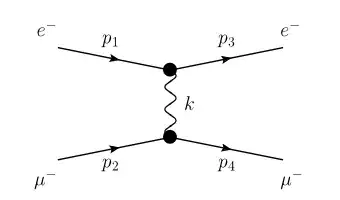Classical electrodynamics states that every accelerating charge emits radiation. Contrary to that, when studying QED most of us have computed scattering processes involving 2 incoming and outgoing charged particles (e-e, e-p,..). In such processes charged particles change their velocities thus necessarily accelerate, however no outgoing photon is taken into account (at least in the textbook examples). In electron-muon scattering this acceleration is prominent - the muon velocity barely changes whereas the electron velocity can change dramatically, even reverse its direction altogether. If these non-radiating processes are indeed inconsistent with classical ED as I expect, I would have expected their QED cross sections to vanish - Yet they don't. What am I missing?
Asked
Active
Viewed 269 times
1 Answers
5
Neglecting the emission of photons during the scattering of charged objects is indeed an approximation. It is safe to make this approximation if we are only working at tree level anyway. But at one loop, accounting for the so called Bremsstrahlung process is essential. This is because loop diagrams in a gauge theory, in addition to UV divergences which led to the development of renormalization, also contain IR divergences. Renormalization is not enough to cancel these but adding soft photon emission is. If you're using a good textbook, examples of this will probably come up later. In Peskin and Schroeder e.g. this starts at chapter 6.
Connor Behan
- 10,659
